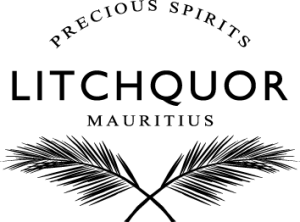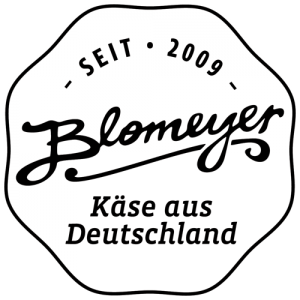SANTA TERESA 1796 SINGLE ESTATE RUM
HAMBURG. VENEZUELA. WORLD.
Built in 1796 in the Venezuelan Aragua Valley, the construction of the hacienda marks the beginning of the history of Santa Teresa. Even then, the focus was on the cultivation and harvest of coffee, cocoa and sugarcane – the raw material for the production of rum. And yet it would still take many years before the marriage of the Hamburg businessman Gustav Julius Vollmer and the Venezuelan Panchita Ribas y Palacios a son who devoted himself with great ambition to the production of rum. With a high degree of thoroughness and the first German copper firing boiler, Gustavo Julio Vollmer Ribas began to process and process the sugar cane he cultivated. With the introduction of the trademark register in 1909, Venezuela’s first rumor brand was finally registered: Ron Santa Teresa. Today, Santa Teresa is an independent, family-run business with a centuries-old tradition. The brand has survived war, economic downturns, dictatorships and invasions, and is Venezuela’s leading junk brand. In 1996, on the occasion of its 200th anniversary, the family put a monument to their imposing life’s work: Santa Teresa 1796.
SINGLE ESTATE – A QUESTION OF THE TERROIR
Santa Teresa 1796 is a single estate rum, that is, from cultivation to bottling, all the steps of production in the same region and with the greatest of craftsmanship take place. Hacienda Santa Teresa is located in the state of Aragua. The state is named after a famous palm species, the “Charaguamo”, as it is called in the native language of this region. The state, which is one of the most fertile regions in the country, offers the perfect conditions for sugarcane cultivation on the one hand and the ripening process on the other due to the soil conditions, the precipitation profile and the general climate – wet heat during the day and dry coolness at night. However, the sense of responsibility towards homeland, quality and sustainability does not stop at the terroir: Santa Teresa has maintained an internationally acclaimed program for crime prevention and social reintegration of former gang members for years.

PRODUCTION – THE SOLERA-METHODE
A special product requires a special manufacturing process: the Solera method. For the exceptional storage process, a total of three different types of rum are selected: a light, a heavy and a pot-still rum, all aged between 4 and 35 years. They represent the basis for the filling of the solera barrels.
The Solera itself consists of several stacked rows of barrels, each level containing rum batches of varying degrees of maturity. The bottom row contains the oldest rum. When rum is removed from a bottom-most barrel, this barrel is topped up with rum from the barrel directly above it. The rum is thus transferred from one barrel to the next until it has reached the bottom and reached its full maturity. The name Solera derives from “Suelo”, the Spanish word for soil. No drum in the entire system is ever completely emptied so that each bottle in 1796 contains a portion of the original blend, which was filled into the barrels at the beginning of the solera ripening.





